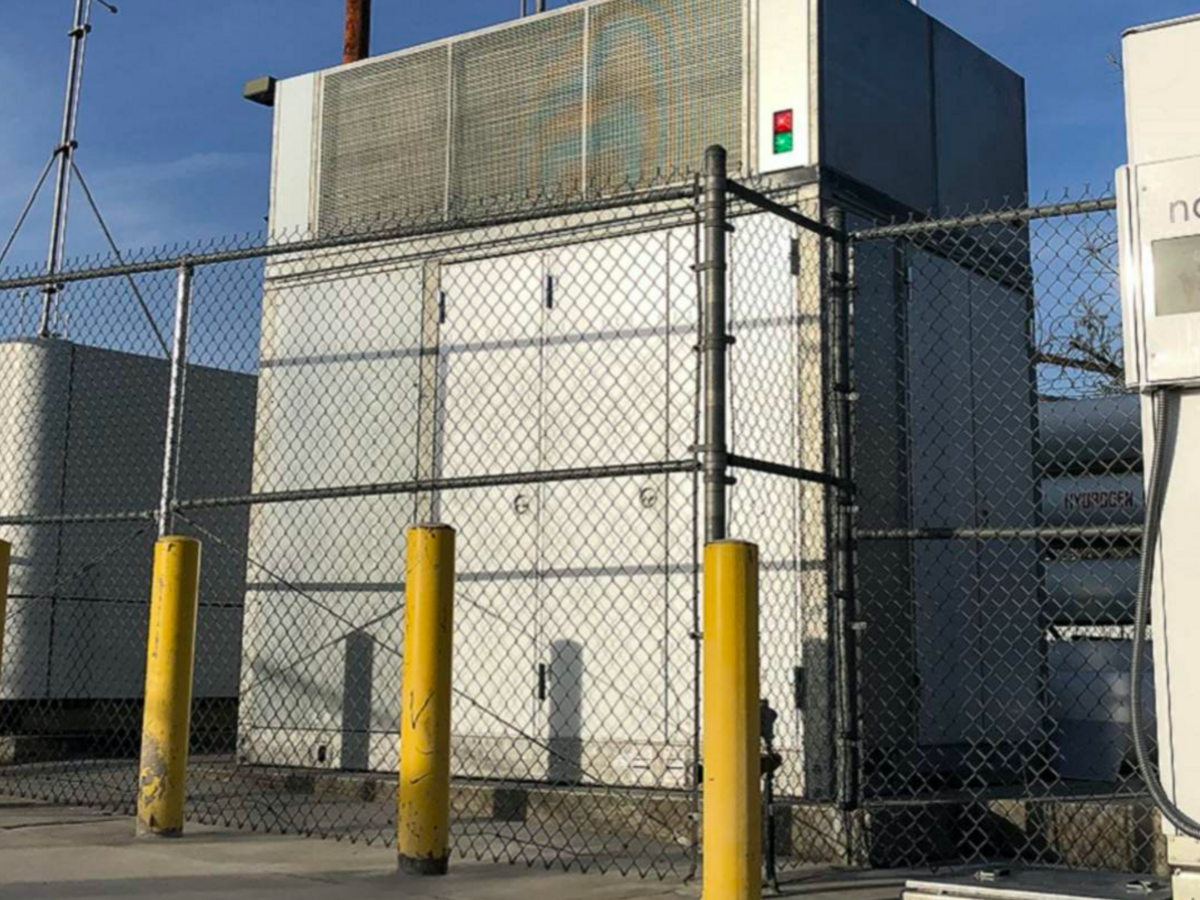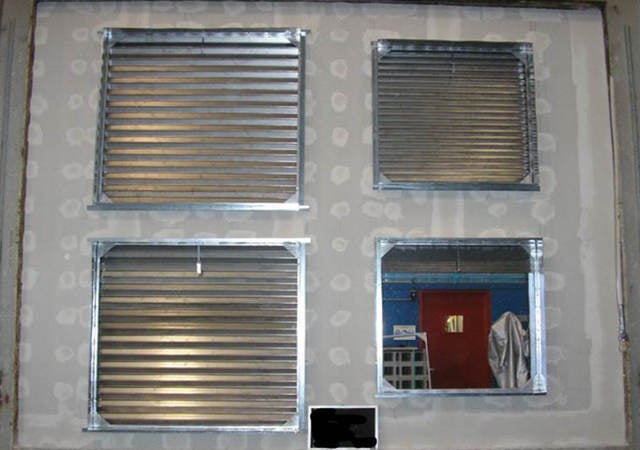November 2, 2021
By Edgar Wolff-Klammer, principal engineer, Energy and Power Technologies,
Distinguished Member of Technical Staff, and
Jerilyn Merrill, product manager, Energy and Power Technologies
The first commercially produced hydrogen fuel cell electric vehicle (FCEV) debuted in 2013. Since then, other automakers have introduced FCEVs, and consumer interest continues to grow.
However, just like early model electric vehicles (EVs) required charging stations, an established framework for hydrogen fuel distribution and sale is necessary to encourage increased acceptance and commercial use of FCEVs.
With its drive for zero carbon emission vehicles, California has paved the way for FCEV growth through a series of government grant funding opportunities for increasing the essential infrastructure. As of August 2021, California has more than 58 hydrogen stations open, under construction or awaiting permits, with funding for additional stations being made available. California hopes this will spur financial investment and consumer interest in hydrogen fuel cell technology, as demonstrated by privately funded innovation and increased sales of hydrogen FCEVs.
California is not the only state in the U.S. seeing growth in FCEV use and constructing additional hydrogen fueling stations to support this alternative fuel technology. The FCEV market in Connecticut, Maine, Massachusetts, New Jersey, New York and Rhode Island is also growing.
The increasing interest in the technology places a new responsibility upon code authorities to help ensure the safe design and construction of hydrogen stations. UL is helping advance the adoption and elevate the safety of hydrogen fuel cell technology by offering a certification program for hydrogen components and hydrogen fuel dispensing systems. It’s crucial to evaluate hydrogen fuel dispensing systems composed of a dispenser, compressor and storage module for safety and performance as a complete system.
Hydrogen stations differ from traditional gasoline and diesel filling stations in several ways. Unlike conventional fuels, hydrogen gas is stored above ground and away from the pumps. Another difference is that the hydrogen station measures the fuel by mass, i.e., by kilograms rather than gallons. Also, instead of a simple traditional fuel nozzle insertion, refueling relies on a nozzle with an infrared communication sensor that connects to the vehicle. The sensor relays a vehicle’s fuel needs before the hydrogen refueling process begins. It takes about three to five minutes from start to finish to completely refuel an FCEV with a 200-300 mile driving range, about the same time needed to refill gasoline or diesel vehicles. Pumping fuel quickly produces heat, but it is critical that all refueling equipment stays cool and that the shutdown features operate safely.
Prior to introducing a certification program to a product safety standard, a field evaluation was the only option for a safety and code compliance review of hydrogen stations. Because it involves nondestructive testing, a field evaluation cannot be as comprehensive as a third-party certification from a safety standpoint. To address this gap, UL worked with industry stakeholders to develop requirements for a certification program and published UL 2249, Outline of Investigation for Hydrogen Fuel Dispensing Systems, in March 2020.
Information about UL Certified hydrogen refueling stations is in UL’s certification database UL Product iQ™. Product iQ™ is complimentary to use, but it does require a simple one-time registration. Once registered, enter a manufacturer’s name or search “hydrogen.” Up-to-date listings for manufacturers whose systems are UL 2249 Certified (UL product category NCDT) are included in this database. Trusted third-party product safety testing and certification help establish confidence with the local code authorities when reviewing and approving hydrogen station installations.
To learn more about UL’s safety testing and certification for hazardous locations, visit UL.com/HazLoc. To inquire about UL testing and certification, specifically per UL 2249, please contact us.
Get connected with our sales team
Thanks for your interest in our products and services. Let's collect some information so we can connect you with the right person.


